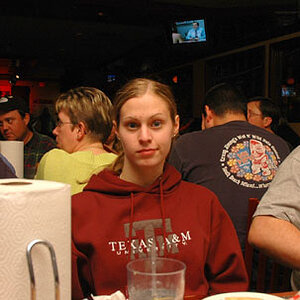coolhandluke67
TPF Noob!
- Joined
- Jun 1, 2016
- Messages
- 2
- Reaction score
- 0
- Can others edit my Photos
- Photos NOT OK to edit
I noticed that there is a random flicker that occasionally occurs while I film. It did not happen at first. But after around 1-2 hours of shooting I began to notice some flickering. Sometimes it happens a lot, and other times maybe only once or twice, and it seemed to get worse the longer we shot. I posted a link below showing you one of the more extreme examples.
One other thing I would like to mention is that it only happened when we both were in the shot. If only one of us were in the shot it was fine.
Here is a bunch of info. In case you need to know this:
I have incandescent lights. I live in the US so I have AC at 60 Hz if I am not mistaken. I use a 64gb at 70mb per second. I will mention that I do not know the shutter speed at which it was shot. I now have changed it to 1/60. I tried it briefly the next day and it no longer does it. But I am convinced it will after an hour or so.
Has anyone experienced this? Do you guys know what is causing this? Hope you can help. Also fyi I am a beginner so please explain in depth so I understand what you mean lol.
Dropbox - cut version.mp4
One other thing I would like to mention is that it only happened when we both were in the shot. If only one of us were in the shot it was fine.
Here is a bunch of info. In case you need to know this:
I have incandescent lights. I live in the US so I have AC at 60 Hz if I am not mistaken. I use a 64gb at 70mb per second. I will mention that I do not know the shutter speed at which it was shot. I now have changed it to 1/60. I tried it briefly the next day and it no longer does it. But I am convinced it will after an hour or so.
Has anyone experienced this? Do you guys know what is causing this? Hope you can help. Also fyi I am a beginner so please explain in depth so I understand what you mean lol.
Dropbox - cut version.mp4


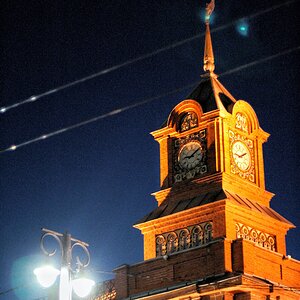
![[No title]](/data/xfmg/thumbnail/40/40356-883c642c8d24d2709b359f9c8b196fcf.jpg?1619739437)

![[No title]](/data/xfmg/thumbnail/35/35264-5ade32b7036391926536661aeb7491c3.jpg?1619736969)
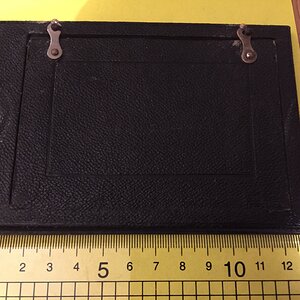
![[No title]](/data/xfmg/thumbnail/40/40285-2ce5915035c220ccb3485030863b62d0.jpg?1619739408)
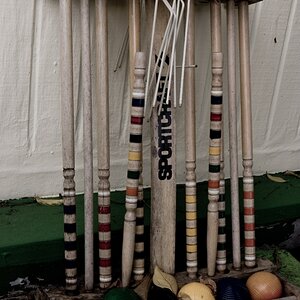
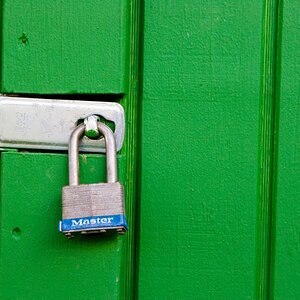
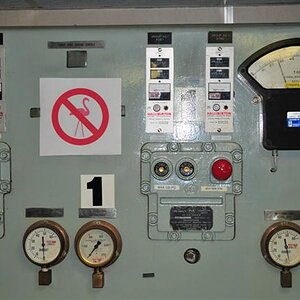

![[No title]](/data/xfmg/thumbnail/40/40284-f59f6230f0d5b9eacf977f8b0392f087.jpg?1619739407)
